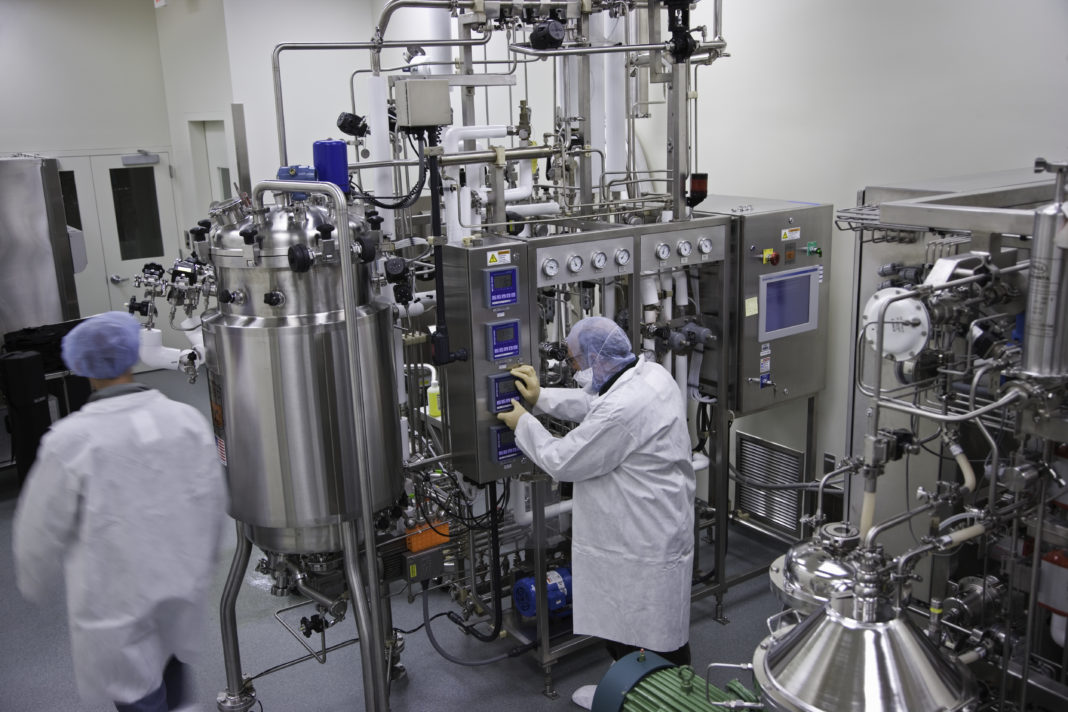To track the success of cells being used in a bioprocess, scientists seek ways to monitor their health and productivity. With process analytical technology (PAT), for example, a bioprocessor might track a range of variables, including dissolved oxygen, metabolites, pH, temperature, and so on. By using infrared (IR) spectroscopy to collect data, PAT can be employed without damaging cells or going through any complex preparation of samples.
Recently, a team of scientists, including Holly Butler, PhD, head of product development at Dxcover, which focuses on the development of liquid biopsies and artificial intelligence for early detection of various diseases, including cancer, showed the potential for improving upstream PAT by using a customized form of attenuated total reflection Fourier transform infrared (ATR-FTIR) spectroscopy.
Butler and her colleagues modified their ATR-FTIR spectroscopy with internal reflection elements that are disposable. As the researchers explained: “This novel approach overcomes sample matrix issues such as particle size or sample turbidity, removes the need for sterilization between batches, and has the potential to become a minimally invasive in-line technology.”
To test this technology, Butler and her colleagues grew Chinese hamster ovary (CHO) cells in various environmental conditions. Then, they used ATR-FTIR spectroscopy to qualitatively analyze cells and culture media to monitor the health of the cells. In addition, this team of scientists used the same technology to collect data on glucose and lactic acid in the media. That information was used to build a model that predicts the expected levels of glucose and lactic acid during a bioprocess.
“The results of the qualitative analysis showed the suitability of cell media for obtaining health-related information from a bioreactor,” Butler’s team reported. “For the metabolite quantification, the binary models yielded R2 values of 0.969 for glucose, 0.976 for lactic acid, … [and] quantifying the metabolites in tandem using a multi-output partial least squares model, the corresponding R2 value was 0.980.”
Given the simplicity and speed of using ATR-FTIR spectroscopy along with the results obtained by Butler and her colleagues, this looks like a promising upstream approach to PAT. As these scientists concluded: “This initial study highlights the suitability of the platform for bioprocess monitoring and paves the way for future in-line developments.”


